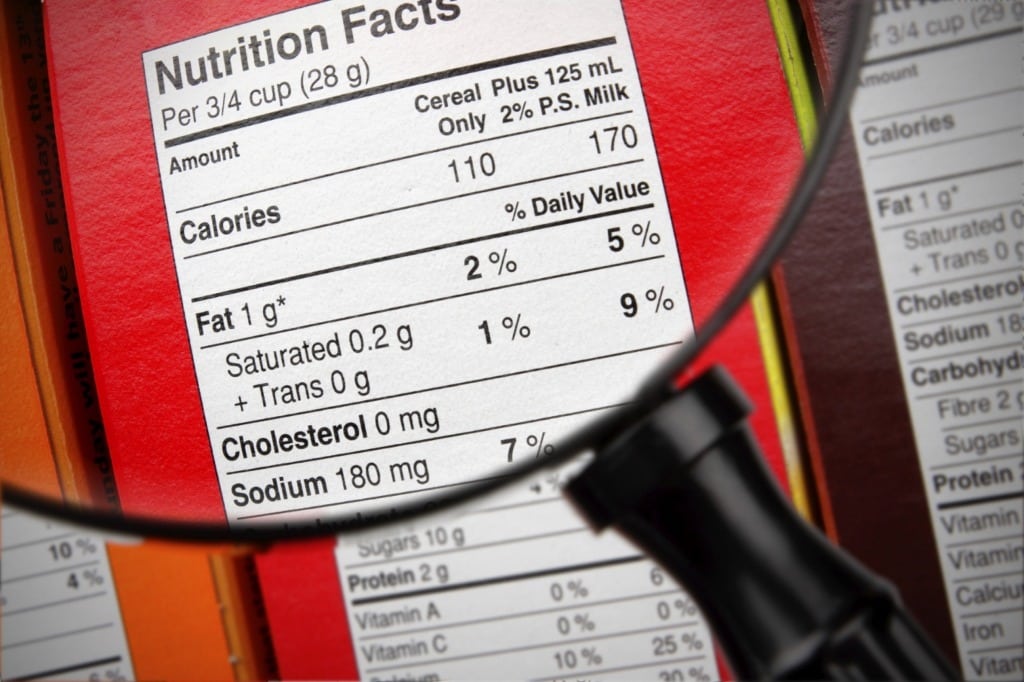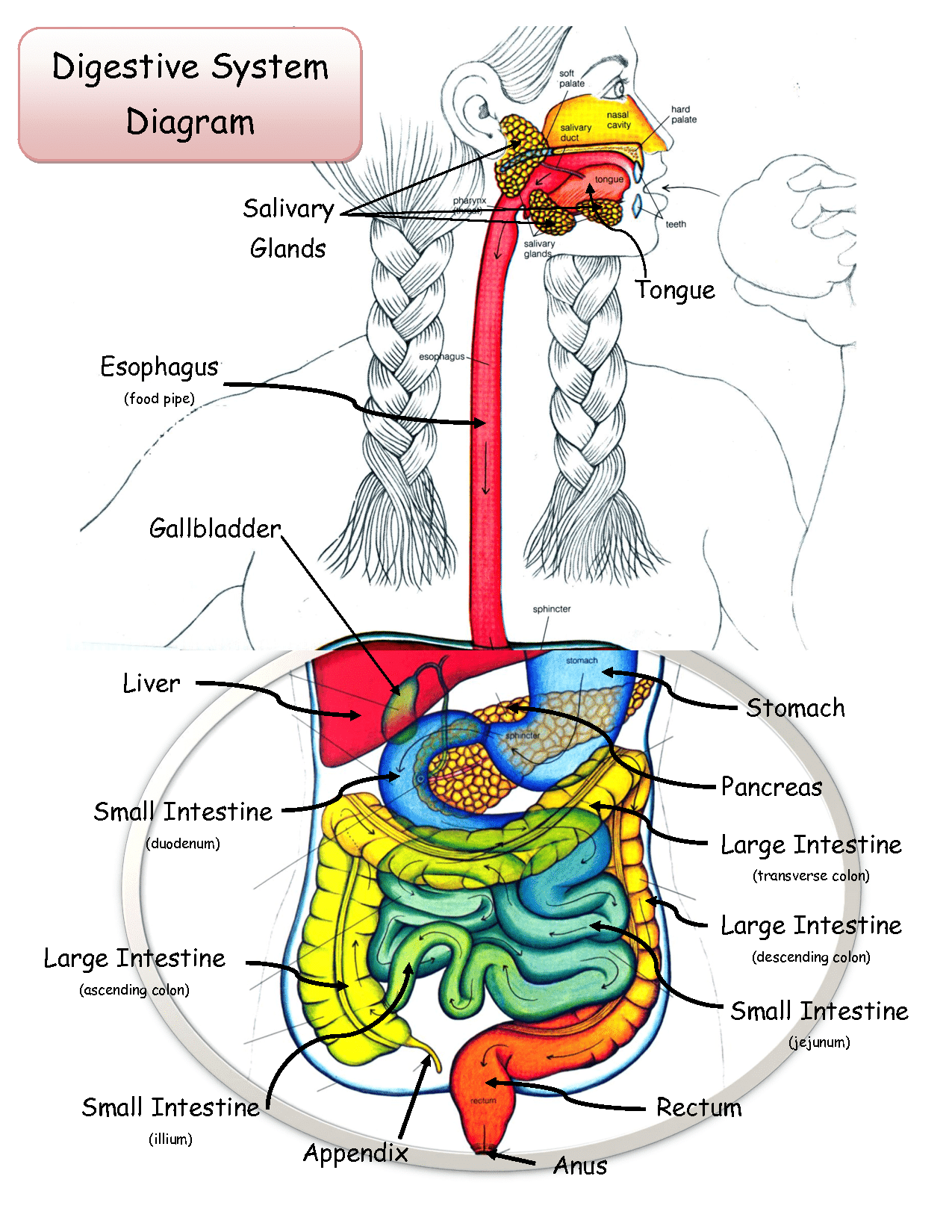10 Metabolic Facts to help you Optomize your Nutrition
I have been experimenting with nutrition for over 6 years, ever since I had the desire to get the most out of my yoga practice. I believe I have found the best strategies for my own body. These are some tips to manage your body’s metabolism. The first step is reading labels. Do it with … Read more


